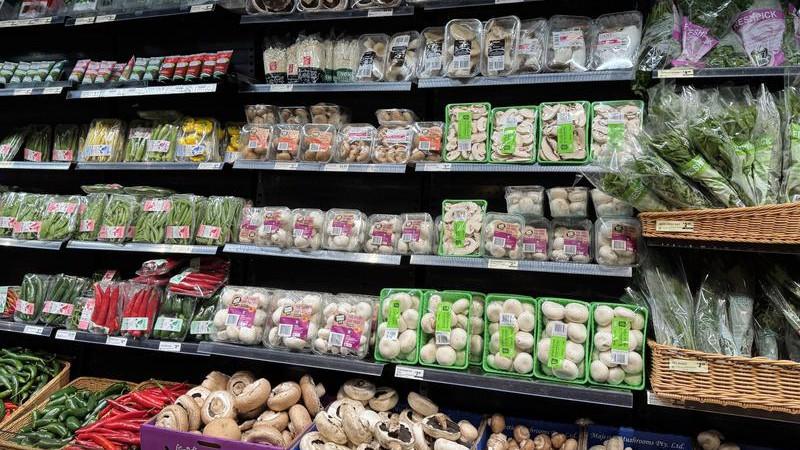
The ongoing cost-of-living crisis in Australia has prompted households to seek innovative ways to reduce their grocery expenses. A recent survey by Compare Club highlights that record highs in mortgages, rent, and everyday essentials are straining family budgets. As the financial pressure mounts, both experts and social media users are sharing strategies to help families manage their weekly grocery bills.
A Reddit user recently sought advice on keeping their family’s weekly shopping under $100, requesting creative hacks beyond opting for cheaper home-brand items. “I’m not talking ‘buy the Woolies home brand,’ I mean the crazy stuff and specific shopping life hacks to help me and my family get through the week,” the user posted. The response from fellow Redditors was swift and filled with practical suggestions.
Among the most popular tips was to purchase items like oats and frozen vegetables when they are on sale, as well as whole chickens. One user detailed a strategy of using a whole chicken for dinner and repurposing the leftovers into soup. Some even humorously mentioned skipping breakfast altogether in favor of coffee. “Learn how to use a knife,” remarked one commenter, emphasizing the importance of meal preparation.
Many users also recommended utilizing the Woolworths app to maximize savings. A user shared their method: “I first check what’s half price and what my boosters are. I then plan meals around those deals.” By buying in bulk when items are cheaper per unit, some families reported cooking meals in advance, allowing them to stretch their groceries over several days.
In a professional perspective, Professor Gary Mortimer, an expert in marketing and consumer behavior, outlined several effective approaches for Australians to navigate these challenging times. “Apps like Frugl and Grocerize can compare prices, create shopping lists, and set price alerts,” he explained to 7NEWS. He pointed out that with these tools, there is no need to sift through physical catalogues anymore.
Mortimer also encouraged shoppers to explore discount and variety stores such as Big W and Reject Shop, which offer a diverse range of groceries and household items. He noted that these retailers often stock products that supermarkets might not carry, helping families find better deals.
For those considering bulk purchases, Mortimer highlighted the benefits of shopping at Costco. “We often see extended families or neighbors teaming up to share a membership,” he stated. Purchasing in bulk and distributing goods among families can lead to significant savings, especially on cleaning supplies and canned goods.
Visiting farmers markets is another avenue for potential savings. Mortimer explained that many vendors acquire surplus products that large supermarkets do not want, allowing them to offer lower prices. “These vendors often buy residual products and pass the savings on to consumers,” he said.
Mortimer’s strongest recommendation for maximizing grocery savings is to actively engage with loyalty programs offered by supermarket chains. “Instead of passively scanning your loyalty card, actively use it and activate bonus points on products you normally buy,” he advised. Both Woolworths and Coles have programs that reward customers with discounts, including $10 back for every 2,000 points earned and occasional %10 savings on monthly purchases.
As Australian families continue to navigate the financial challenges posed by the cost-of-living crisis, these strategies may provide much-needed relief. By leveraging technology, being resourceful, and collaborating with others, households can better manage their grocery expenses and maintain a balanced diet.







